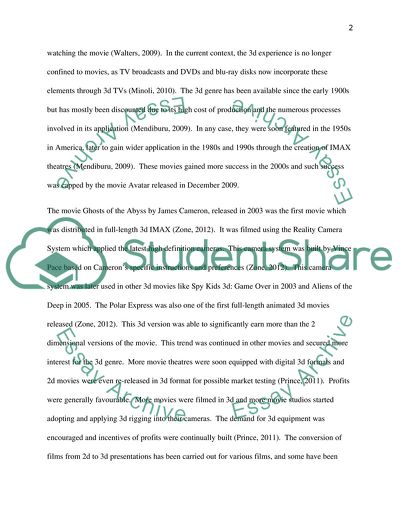Cite this document
(The Use of the 3d Media in Films and its Impact on the Film Experience Essay, n.d.)
The Use of the 3d Media in Films and its Impact on the Film Experience Essay. https://studentshare.org/visual-arts-film-studies/1796369-anything-about-animation-or-films
The Use of the 3d Media in Films and its Impact on the Film Experience Essay. https://studentshare.org/visual-arts-film-studies/1796369-anything-about-animation-or-films
(The Use of the 3d Media in Films and Its Impact on the Film Experience Essay)
The Use of the 3d Media in Films and Its Impact on the Film Experience Essay. https://studentshare.org/visual-arts-film-studies/1796369-anything-about-animation-or-films.
The Use of the 3d Media in Films and Its Impact on the Film Experience Essay. https://studentshare.org/visual-arts-film-studies/1796369-anything-about-animation-or-films.
“The Use of the 3d Media in Films and Its Impact on the Film Experience Essay”. https://studentshare.org/visual-arts-film-studies/1796369-anything-about-animation-or-films.


